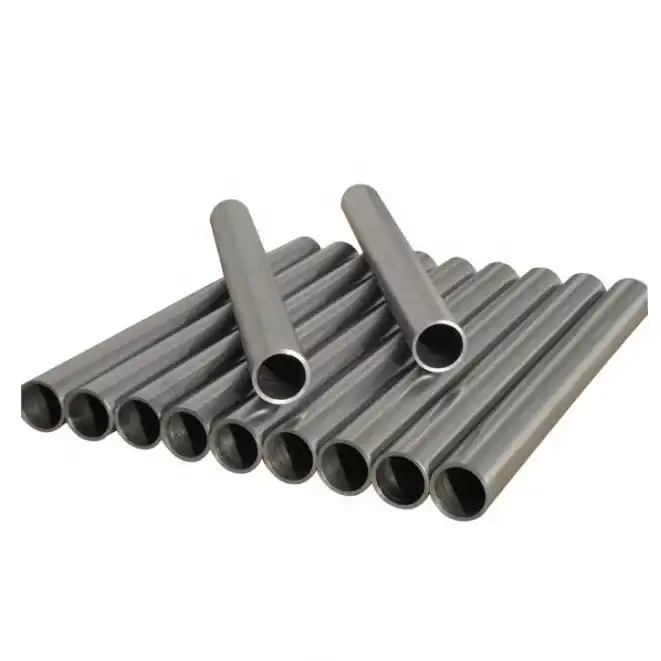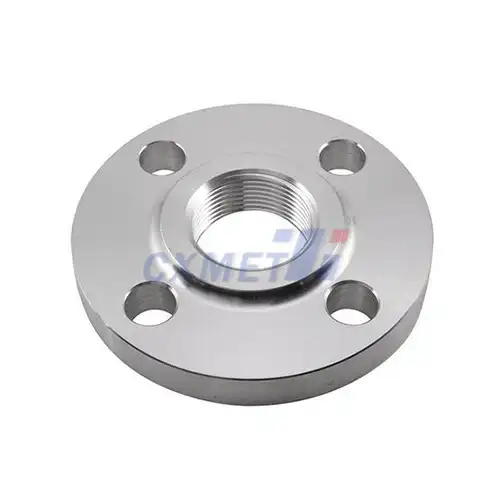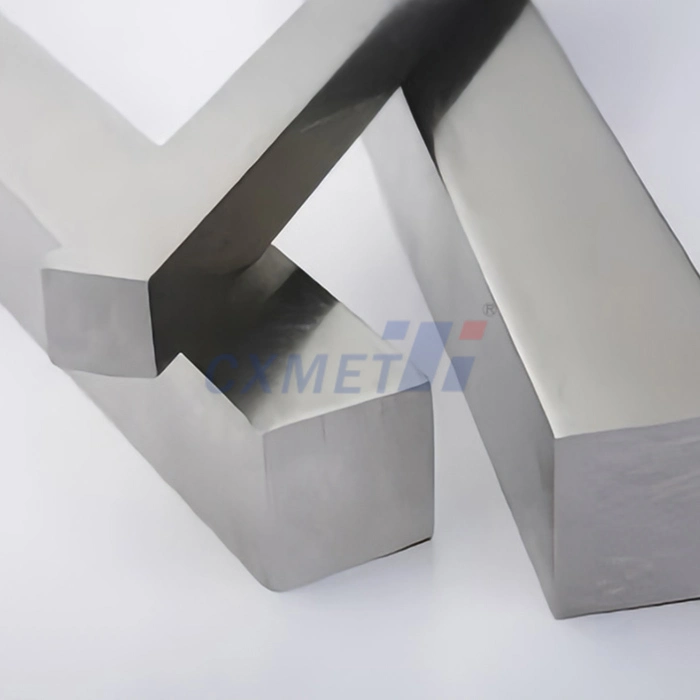- English
- French
- German
- Portuguese
- Spanish
- Russian
- Japanese
- Korean
- Arabic
- Greek
- German
- Turkish
- Italian
- Danish
- Romanian
- Indonesian
- Czech
- Afrikaans
- Swedish
- Polish
- Basque
- Catalan
- Esperanto
- Hindi
- Lao
- Albanian
- Amharic
- Armenian
- Azerbaijani
- Belarusian
- Bengali
- Bosnian
- Bulgarian
- Cebuano
- Chichewa
- Corsican
- Croatian
- Dutch
- Estonian
- Filipino
- Finnish
- Frisian
- Galician
- Georgian
- Gujarati
- Haitian
- Hausa
- Hawaiian
- Hebrew
- Hmong
- Hungarian
- Icelandic
- Igbo
- Javanese
- Kannada
- Kazakh
- Khmer
- Kurdish
- Kyrgyz
- Latin
- Latvian
- Lithuanian
- Luxembou..
- Macedonian
- Malagasy
- Malay
- Malayalam
- Maltese
- Maori
- Marathi
- Mongolian
- Burmese
- Nepali
- Norwegian
- Pashto
- Persian
- Punjabi
- Serbian
- Sesotho
- Sinhala
- Slovak
- Slovenian
- Somali
- Samoan
- Scots Gaelic
- Shona
- Sindhi
- Sundanese
- Swahili
- Tajik
- Tamil
- Telugu
- Thai
- Ukrainian
- Urdu
- Uzbek
- Vietnamese
- Welsh
- Xhosa
- Yiddish
- Yoruba
- Zulu
The Benefits of Using 3D Printed Titanium Alloy Impellers
2024-09-29 17:58:44
3D printed titanium alloy impellers represent a revolutionary advancement in manufacturing technology, offering numerous advantages over traditional production methods. These innovative components are transforming industries ranging from aerospace and automotive to medical and energy sectors. By leveraging the unique properties of titanium alloys and the precision of 3D printing, engineers and manufacturers can create impellers that are lighter, stronger, and more efficient than their conventionally produced counterparts. This blog post explores the key benefits of using 3D printed titanium alloy impellers and their potential to drive innovation across various applications.
How does 3D printing enhance the performance of titanium alloy impellers?
3D printing, also known as additive manufacturing, significantly enhances the performance of titanium alloy impellers in several ways. Firstly, the layer-by-layer construction process allows for unprecedented design freedom, enabling the creation of complex geometries that would be impossible or prohibitively expensive to produce using traditional manufacturing methods. This design flexibility allows engineers to optimize impeller blade shapes, angles, and internal structures for maximum efficiency and performance.
The ability to create intricate internal channels and lightweight structures within the impeller body results in components that are significantly lighter than their conventionally manufactured counterparts. Weight reduction is crucial in applications such as aerospace, where every gram saved translates to fuel efficiency and increased payload capacity. In some cases, 3D printed titanium alloy impellers can achieve weight reductions of up to 50% compared to traditional designs, without compromising strength or durability.
Moreover, 3D printing enables the integration of multiple parts into a single component, reducing the number of assembly points and potential failure modes. This consolidation not only improves the overall reliability of the impeller but also simplifies maintenance procedures and reduces the risk of leaks or component failures.
The precision of 3D printing also allows for tight tolerances and smooth surface finishes, which are critical for the aerodynamic performance of impellers. Advanced 3D printing techniques can achieve surface roughness values as low as 3-6 μm, rivaling or even surpassing the quality of traditionally machined parts. This level of precision translates to improved fluid dynamics, reduced turbulence, and increased overall efficiency of the impeller.
Furthermore, 3D printing facilitates rapid prototyping and iteration of impeller designs. Engineers can quickly test and refine multiple versions of an impeller, optimizing its performance for specific applications. This accelerated development cycle not only reduces time-to-market for new products but also allows for more thorough testing and validation of designs before full-scale production.
The unique microstructure of 3D printed titanium alloys can also contribute to enhanced performance. The rapid solidification rates inherent in the 3D printing process can result in finer grain structures and more uniform distribution of alloying elements. This microstructural refinement can lead to improved mechanical properties, including higher strength-to-weight ratios and better fatigue resistance, which are crucial for high-performance impeller applications.
What are the cost implications of using 3D printed titanium alloy impellers?
While the initial investment in 3D printing technology for titanium alloy impellers may be substantial, the long-term cost implications are often favorable, particularly for complex or low-volume production runs. Traditional manufacturing methods for titanium alloy impellers, such as casting or machining, involve significant tooling costs and material waste. 3D printing, on the other hand, offers a more streamlined and cost-effective production process for many applications.
One of the most significant cost advantages of 3D printed titanium alloy impellers is the reduction in material waste. Traditional subtractive manufacturing methods can result in material waste of up to 90% for complex impeller designs. In contrast, 3D printing is an additive process that uses only the material necessary to build the part, with minimal waste. This efficiency is particularly important when working with expensive materials like titanium alloys, where raw material costs can account for a substantial portion of the total production expense.
The ability to produce impellers on-demand also reduces inventory costs and eliminates the need for large minimum order quantities. This flexibility is especially beneficial for industries with diverse product lines or those requiring customized impeller designs for specific applications. Companies can produce impellers as needed, reducing storage costs and the risk of obsolescence associated with stockpiling spare parts.
3D printing also offers significant cost savings in terms of labor and production time. Once the design is finalized and the printing parameters are optimized, the production process is largely automated, requiring minimal human intervention. This automation reduces labor costs and the potential for human error in the manufacturing process.
Furthermore, the consolidation of multiple parts into a single 3D printed component can lead to substantial cost savings in assembly and quality control processes. Fewer parts mean fewer assembly steps, reduced inventory management, and simplified quality assurance procedures. This simplification of the supply chain can result in significant cost reductions over the lifecycle of the product.
It's important to note that the cost-effectiveness of 3D printed titanium alloy impellers can vary depending on the specific application and production volume. For high-volume production runs of simple designs, traditional manufacturing methods may still be more economical. However, as 3D printing technology continues to advance and production speeds increase, the breakeven point at which 3D printing becomes more cost-effective is continually shifting towards higher volumes.
The cost implications also extend beyond direct manufacturing expenses. The improved performance and efficiency of 3D printed titanium alloy impellers can lead to significant operational cost savings over the lifetime of the component. For example, in aerospace applications, the weight reduction achieved through optimized 3D printed designs can translate to substantial fuel savings over thousands of flight hours.
How do 3D printed titanium alloy impellers compare to traditional materials in terms of durability and longevity?
3D printed titanium alloy impellers often demonstrate superior durability and longevity compared to impellers made from traditional materials and manufacturing methods. The unique combination of titanium's inherent properties and the advantages of 3D printing technology results in components that can withstand harsh operating conditions and maintain their performance over extended periods.
Titanium alloys are renowned for their excellent strength-to-weight ratio, corrosion resistance, and fatigue properties. When these materials are utilized in 3D printing processes, the resulting impellers inherit these beneficial characteristics while also gaining additional advantages. The layer-by-layer construction of 3D printing allows for precise control over the internal structure of the impeller, enabling the creation of optimized designs that distribute stress more evenly and resist fatigue more effectively than traditionally manufactured counterparts.
One of the key factors contributing to the enhanced durability of 3D printed titanium alloy impellers is the ability to create complex internal structures that are impossible to achieve with conventional manufacturing techniques. These structures can include lattice designs or variable density regions that provide additional strength and stiffness where needed, while reducing weight in less critical areas. This optimized distribution of material results in impellers that can better withstand the cyclic loading and vibration typically encountered in high-performance applications.
The corrosion resistance of titanium alloys is particularly beneficial in applications where impellers are exposed to aggressive chemicals or marine environments. 3D printed titanium alloy impellers maintain this corrosion resistance while offering the added advantage of reduced crevice corrosion due to the potential elimination of joints and seams through part consolidation. This seamless construction can significantly extend the service life of impellers in corrosive environments.
Moreover, the fine-grained microstructure typically achieved in 3D printed titanium alloys can contribute to improved mechanical properties and wear resistance. The rapid solidification rates inherent in many 3D printing processes result in smaller grain sizes and more uniform distribution of alloying elements. This refined microstructure can lead to higher strength, improved ductility, and better resistance to crack propagation, all of which contribute to enhanced durability and longevity.
The ability to quickly iterate and optimize designs through 3D printing also allows for the development of impellers that are specifically tailored to withstand the unique stresses and wear patterns of their intended application. This customization can lead to impellers that not only perform better but also last longer than generic, off-the-shelf components.
In terms of fatigue resistance, 3D printed titanium alloy impellers have shown promising results in various studies. The layer-by-layer construction process can be optimized to minimize internal defects and stress concentrations that often lead to fatigue failure in traditionally manufactured parts. Some research has shown that properly designed and manufactured 3D printed titanium components can exhibit fatigue properties comparable to or even exceeding those of wrought titanium alloys.
It's important to note that the durability and longevity of 3D printed titanium alloy impellers are highly dependent on the quality of the printing process and post-processing treatments. Proper heat treatment, surface finishing, and quality control measures are crucial to ensuring that the full potential of these advanced components is realized.
In conclusion, the benefits of using 3D printed titanium alloy impellers are multifaceted and significant. From enhanced performance and cost-effectiveness to superior durability and longevity, these innovative components are pushing the boundaries of what's possible in impeller design and application. As 3D printing technology continues to advance, we can expect even greater improvements in the efficiency, reliability, and sustainability of impeller-driven systems across various industries.
At SHAANXI CXMET TECHNOLOGY CO., LTD, we take pride in our extensive product range, which caters to diverse customer needs. Our company is equipped with outstanding production and processing capabilities, ensuring the high quality and precision of our products. We are committed to innovation and continuously strive to develop new products, keeping us at the forefront of our industry. With leading technological development capabilities, we are able to adapt and evolve in a rapidly changing market. Furthermore, we offer customized solutions to meet the specific requirements of our clients. If you are interested in our products or wish to learn more about the intricate details of our offerings, please do not hesitate to contact us at sales@cxmet.com. Our team is always ready to assist you.
References
1. Wong, K. V., & Hernandez, A. (2012). A Review of Additive Manufacturing. ISRN Mechanical Engineering, 2012, 1-10.
2. Frazier, W. E. (2014). Metal Additive Manufacturing: A Review. Journal of Materials Engineering and Performance, 23(6), 1917-1928.
3. DebRoy, T., Wei, H. L., Zuback, J. S., Mukherjee, T., Elmer, J. W., Milewski, J. O., ... & Zhang, W. (2018). Additive manufacturing of metallic components – Process, structure and properties. Progress in Materials Science, 92, 112-224.
4. Shipley, H., McDonnell, D., Culleton, M., Coull, R., Lupoi, R., O'Donnell, G., & Trimble, D. (2018). Optimisation of process parameters to address fundamental challenges during selective laser melting of Ti-6Al-4V: A review. International Journal of Machine Tools and Manufacture, 128, 1-20.
5. Herzog, D., Seyda, V., Wycisk, E., & Emmelmann, C. (2016). Additive manufacturing of metals. Acta Materialia, 117, 371-392.
6. Sing, S. L., An, J., Yeong, W. Y., & Wiria, F. E. (2016). Laser and electron-beam powder-bed additive manufacturing of metallic implants: A review on processes, materials and designs. Journal of Orthopaedic Research, 34(3), 369-385.
7. Yap, C. Y., Chua, C. K., Dong, Z. L., Liu, Z. H., Zhang, D. Q., Loh, L. E., & Sing, S. L. (2015). Review of selective laser melting: Materials and applications. Applied Physics Reviews, 2(4), 041101.
8. Lewandowski, J. J., & Seifi, M. (2016). Metal Additive Manufacturing: A Review of Mechanical Properties. Annual Review of Materials Research, 46, 151-186.
9. Tofail, S. A., Koumoulos, E. P., Bandyopadhyay, A., Bose, S., O'Donoghue, L., & Charitidis, C. (2018). Additive manufacturing: scientific and technological challenges, market uptake and opportunities. Materials Today, 21(1), 22-37.
10. Bourell, D., Kruth, J. P., Leu, M., Levy, G., Rosen, D., Beese, A. M., & Clare, A. (2017). Materials for additive manufacturing. CIRP Annals, 66(2), 659-681.




